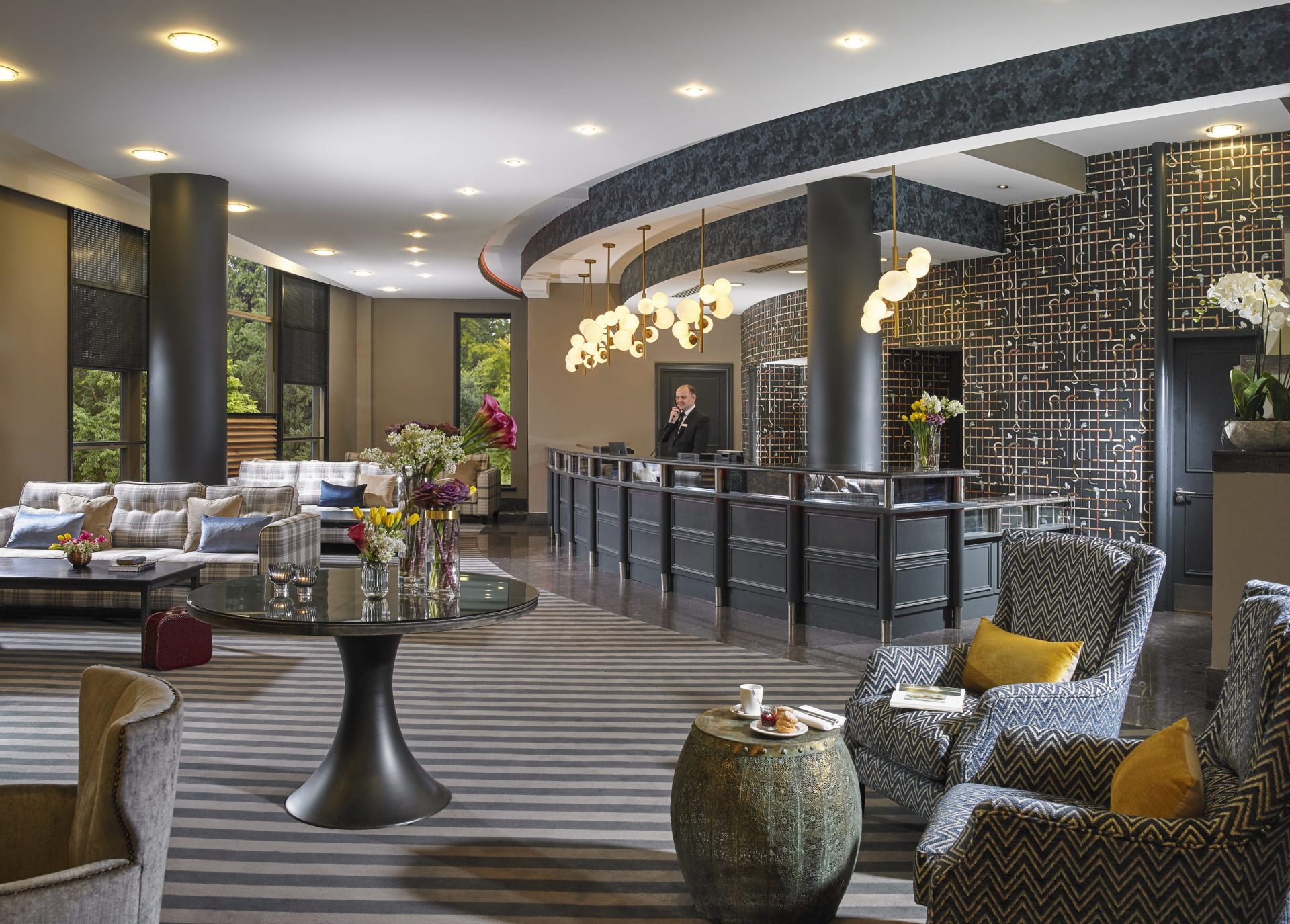Hospitality and a Lean, Six Sigma Approach
Chris Austin – Cliste Hospitality
There is no question that the hospitality industry has been one of the hardest hit by the global Covid-19 pandemic. The industry effectively closed in March 2020 and, aside from a few months of summer domestic leisure business, has seen little to no revenue outside of this. The Irish Hospitality industry will not re-open fully until at least mid-July and, while some government supports are in place, this closure will have a significant short to medium term impact on the industry recovery.
Pre-Covid, and since recovery from the crash of the Celtic tiger era, the Irish hospitality industry had performed very strongly showing steady growth in occupancy and average rate over the last 5 years which was driven by impressive economic recovery, ongoing increase in domestic tourism and increased numbers of international visitors. Once Covid-19 is firmly in our taillights and business reopens Irish hospitality will need to work hard to recover. The industry has proved time and again that it is resilient and can bounce back well from both financial and environmental crisis and will need respond rapidly to the upturn in business from Summer and also look closely at it cost base and operational efficiencies.
Key to recovery will be efficiency across the hotel operation. International travel, weddings and large conference & banqueting business will recover a lot slower, and hotels will need to approach their cost bases with caution when they re-open.
Cliste Hospitality explored both a Lean and a Six Sigma approach to efficiency in 2019 and after extensive research we adopted both processes into our business.
Lean is a philosophy of continuous improvement with the organisation focusing on increasing customer value, eliminating waste and optimising operations. For Lean to be successful in hospitality the organisation needs to adopt a culture of collaboration and involvement, a culture of continuous training and development. The organisation needs to engage with its front-line staff to make sure they understand the principles of Lean and empower them to make decisions in relation to service provision at the point of demand.
Six Sigma is a quality control methodology that was developed by Motorola inc. in 1986. The method uses data driven reviews to limit the mistakes or defects in a corporate or business process. Six Sigma points to the fact that, mathematically, it would take a six standard deviation event from the mean for an error to happen. Six Sigma has been adopted extensively since its inception across manufacturing and retail and a large number of organisations have realised huge success and operational improvement through the use of a Six Sigma approach.
Cliste Hospitality was one of the first hospitality businesses to adopt the methodology of Six Sigma. We conducted extensive training with a leading consultant involving our senior leadership team, key discipline leaders and a number of our key business General Managers. At the end of this rigorous process a number of our team were awarded Six Sigma Yellow Belts and we set about turning our operational processes and procedures on their head by applying both a Lean, and a Six Sigma approach. All project work that we implement within the organisation now leads from these methodologies.
We have made Lean and Continuous Improvement part of our culture and imbedded this from the very top of the organisation through to the front line of the operations. Our senior team are advocates for the program and we have been identifying talent in our hotels that have the capability to be continuous improvement consultants for the property and the wider group.
We started off by looking at the typical challenges in our hotels that impact on efficiency and generate waste including:
Inefficient processes around reception procedures and efficiency of guest interaction.
A high degree of variability and inconsistency in service delivery both internally and across the group properties.
Hindrances to inter-department information flow, between Front Desk and Housekeeping; or between Kitchen and ground floor, for instance.
Inconsistency in housekeeping processes and room cleaning including transporting of equipment, efficiency of equipment, sequence of daily room tasks and overall efficiency barriers.
High F&B costs due to food wastage and inefficient processes across procurement, delivery, processing, preparation and delivery.
Frequent breakdown of critical equipment
High repair and maintenance costs
High energy bills
Long procurement approval as well as long lead-time for procuring supplies and consumables
Challenges generated by short lead-time events
Lack of involvement by people in everyday problem-solving
We also looked at IT resources and how improved IT platforms and systems could impact on efficiencies across the organisation and implemented a 100-day IT improvement plan that saw investment in key projects that provided immediate and long-term efficiency benefits.
We explored all of these processes in detail, using our key team and also engaging with specialised consultants when required. Through both Lean thinking and Six Sigma we have generated significant efficiencies in most steps of the process.
From these initial findings we created a master list, from this devising 21 key projects and project teams which consisted of a yellow belt accredited project steer, a project lead and key team members. These projects were focused on:
Customer experience – improvement projects and activities focused primarily at improving customer journey and guest satisfaction.
Employee engagement – involving and engaging as many employees as possible in the problem-solving process and thereby creating a culture of continuous improvement in the organisation.
Identifying and solving problems – acknowledging that problems exist, wasteful processes are in place and openly driving to solve these problems on a daily basis and implementing the right controls to ensure the problem did not re-emerge in the future.
Looking at hard data – identifying, measuring, tracking and visualising key performance metrics across the group to help identify areas for improvement.
Cost reduction – reducing costs and improving competitiveness without impacting on overall guest experience or satisfaction.
The results of the work to date have been significant, we have instilled a new thought process into the business with all stakeholders looking for efficiency opportunity and continuous improvement. This is an ongoing process, and we plan to develop further efficiency experts within the business and to revisit efficiencies on a rolling basis. We also plan to look deeper into the Six Sigma platform and are planning to develop a number of Green Belt champions once our business re-opens and recovery begins.

